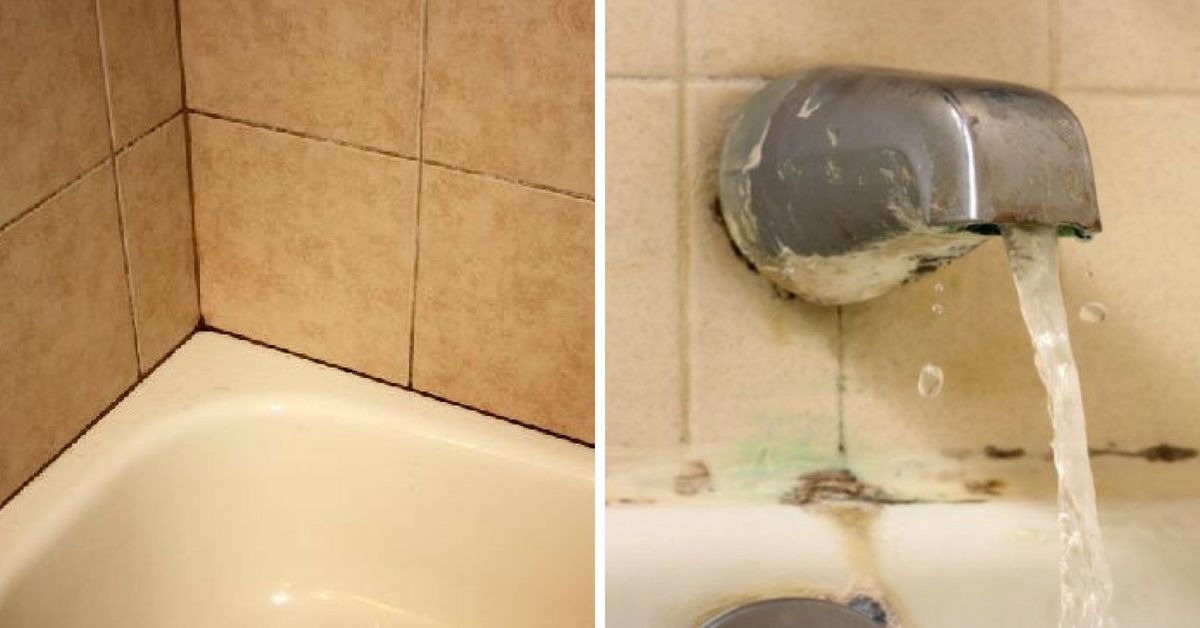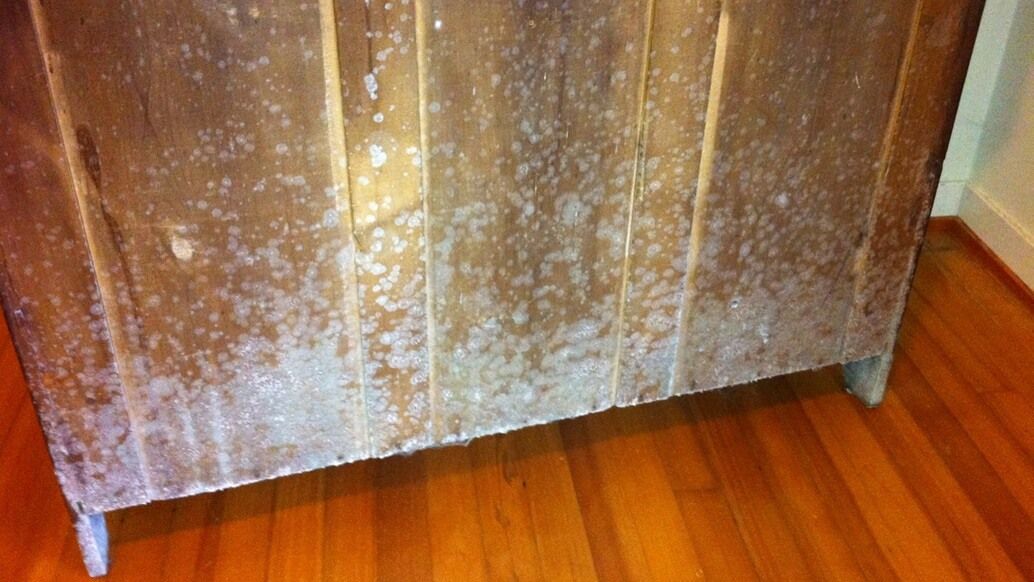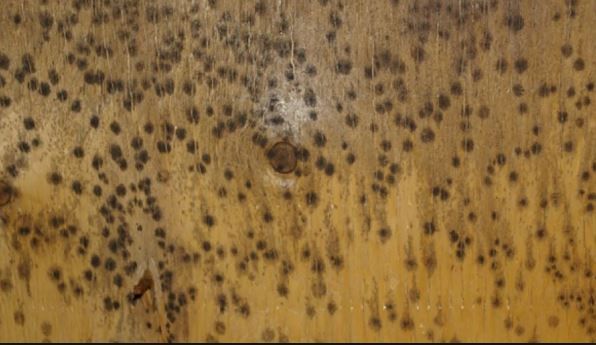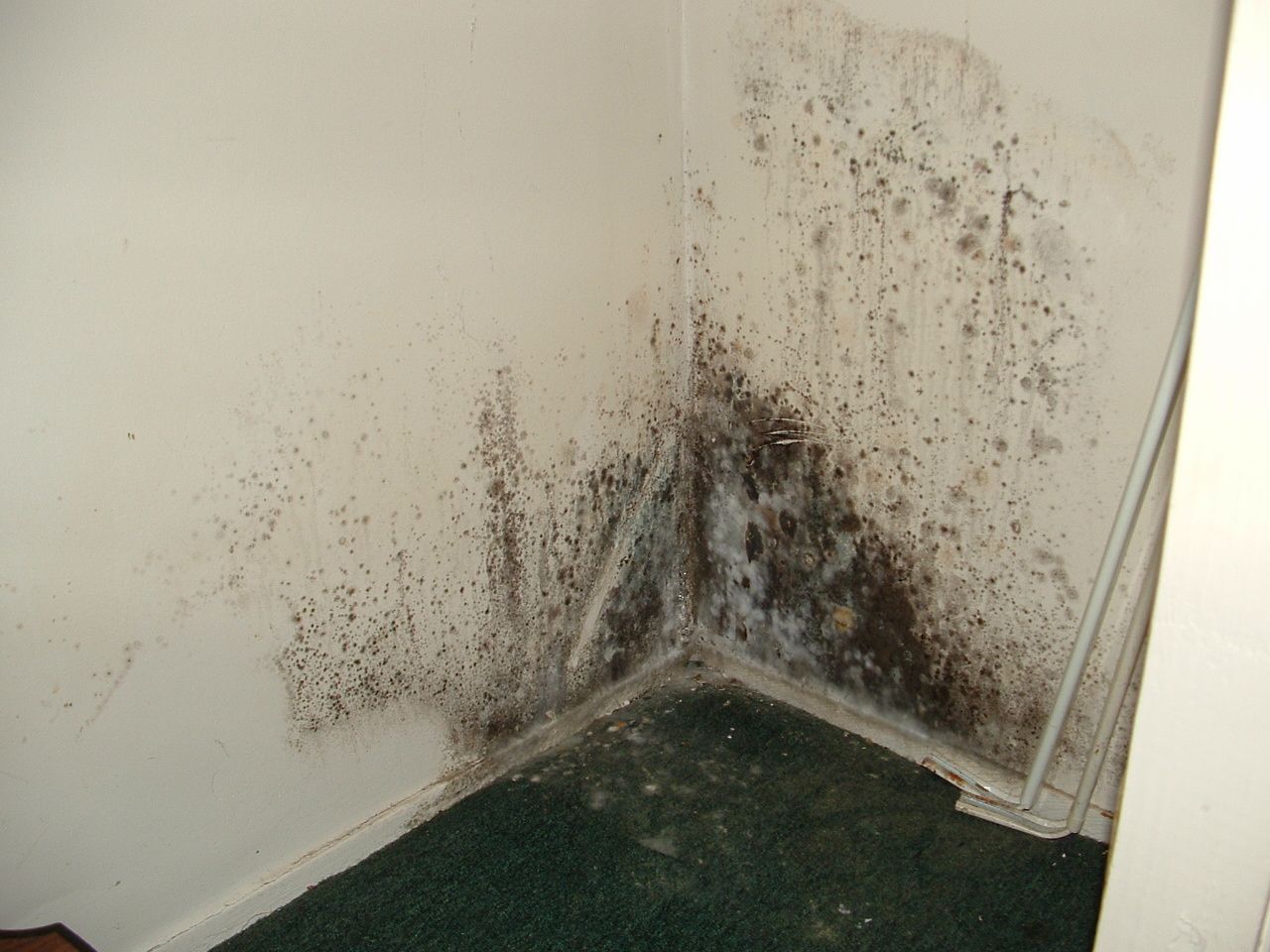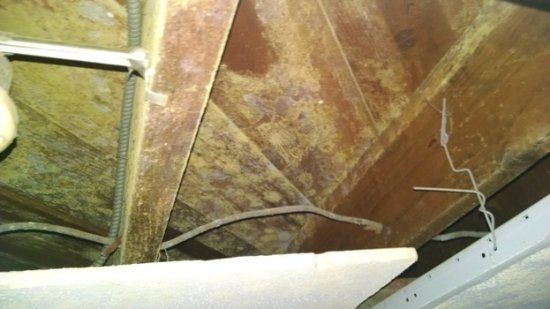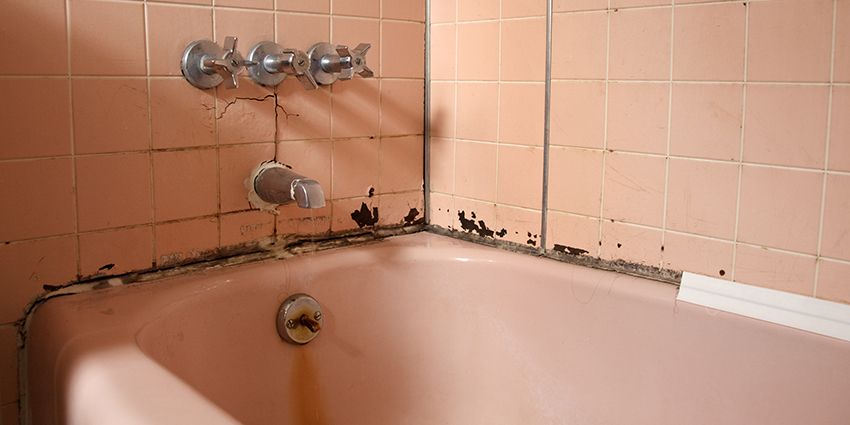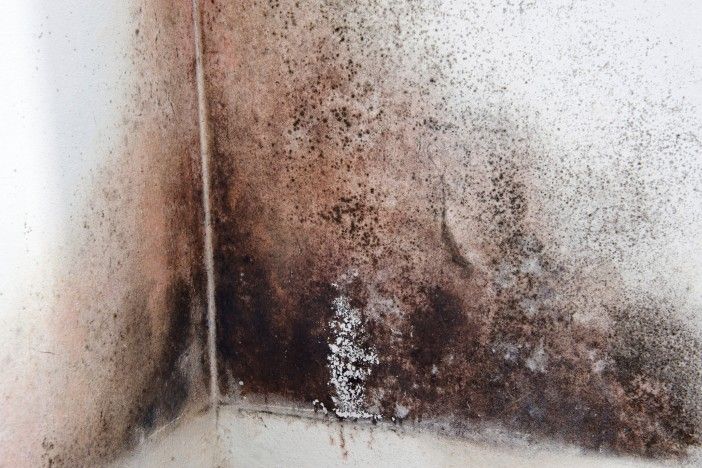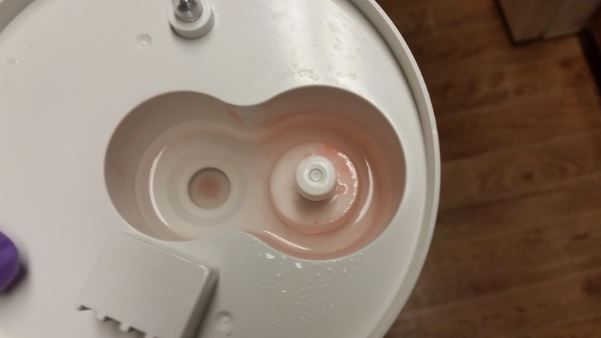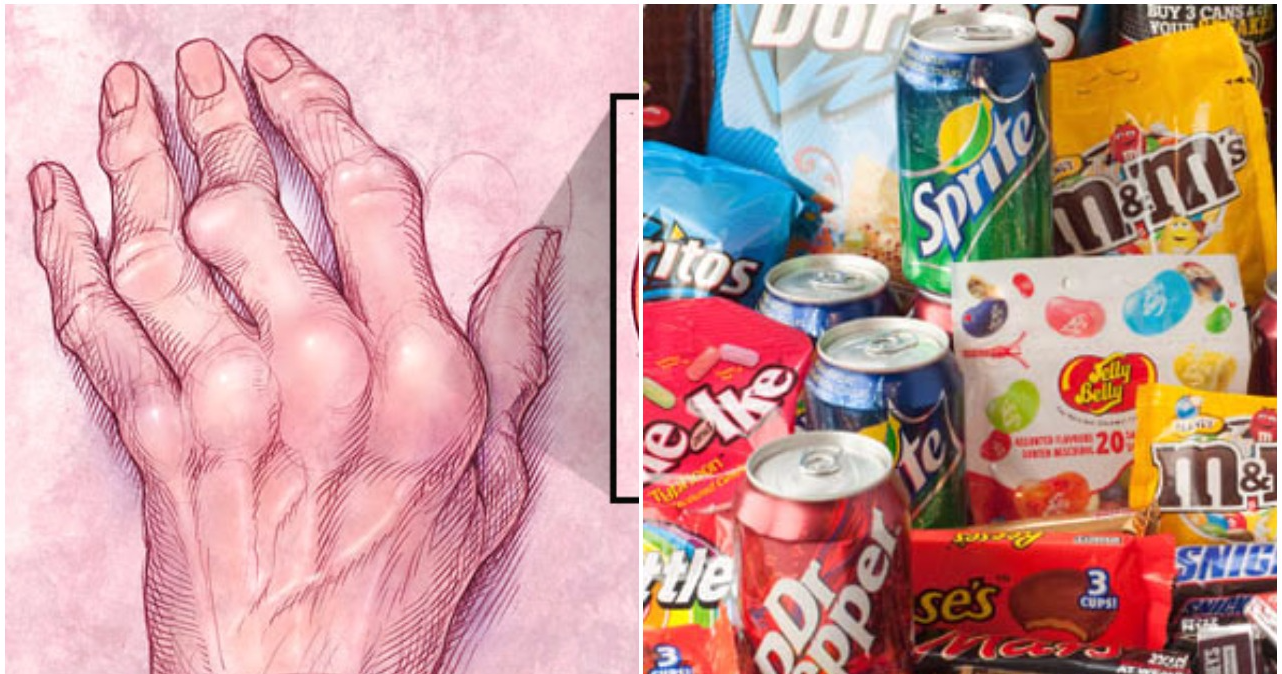We need mold in this world to break down organic matter, but it has no place in our car, home, building, or cottage.
Mold comes in all sorts of textures and colors and causes a wide array of health problems.
It's important to be able to identify toxic mold before the damage is irreversible.
Here are 8 common mold colors you'll find indoors and what each color means.
White or grey
If the white mold in your home turns grey, it's likely that you're dealing with chaetomium, which is commonly found in water-damaged areas in your home.
This particular kind of mold has a cotton-like texture and musty odor. It usually appears in damp areas, like your roof, basement, or sink.
Chaetomium is known to cause skin and nail infections.
Another common mold that shows itself as white is aspergillus. This mold can appear in all sorts of colors and can lead to asthma attacks and lung problems.
Depending on the apsergillus mold species, this mold can also release cancerous toxins.
Green
If you find green mold with a velvety texture, you're likely dealing with penicillin.
This allergenic mold can be found in water damaged homes under carpets, wallpapers, mattresses, and ducting.
This mold can easily spread in your home and is linked to respiratory problems, so you'll want to remove it asap!
Now if you have white mold with green patches, you're dealing with something different.
Trichoderma grows on wet surfaces, like in your wallpaper, air conditioning filters, ducts, carpet or other damp fabrics.
Not only will this mold eventually destroy your home, it can also cause liver and heart problems.
Olive-green
If the mold you're seeing doesn't look quite green, but has brown undertones, you're probably dealing with cladosporium.
This common mold grows on plant leaves and can spread into your home, appearing with a suede-like texture. It can be found on your walls, insulation, and damp fabrics.
Olive-green mold is linked to eye and sinus infections, and may also cause fungal meningitis.
Black or dark green
Black mold is as scary as it sounds. If the mold you're dealing with has a slimy texture, it's probably stachbotrys.
This toxic mold thrives on materials like wood, cardboard, paper, and hay.
You'll want to remove black mold from your home as soon as possible, before it wreaks havoc on your health.
The toxins that this type of mold releases can cause difficulty breathing, fatigue, depression, and painful headaches.
If your home has had extensive water damage and the mold that's growing is black, you're dealing with a completely different species of mold known as ulocladium.
This black mold can be found wherever there's high condensation levels, like in kitchens, bathrooms, basements, and windows.
Exposure to this mold can result in extreme forms of hay fever.
Yellow or orange
If your mold has hues of yellow and orange, you're likely dealing with aspergillus molds, which is a very common type of mold.
Aspergillus has long spores and can form thick layers.
People who have lung problems and weakened systems are most at risk when breathing around this mold.
Blue
Penicillin mold, which has a velvety texture, can also show itself as blue mold.
This allergenic mold can spread quickly and can cause a host of health problems.
Brown
You'll have to get a closer look at your mold if you think it looks brown.
If you see dark mold with brown hairs, you're likely dealing with alternaria. This allergenic mold grows in damp areas like showers, bathtubs, and sinks.
People can develop asthma-like symptoms around this mold, so get rid of it immediately before it gets comfy in your home.
If you find brown mold behind your wallpaper or painted surfaces, you may be dealing with something entirely different.
Aureobasidium appears brown if it's been there while. This mold can cause eye, skin, and nail infection and should never come in contact with your bare skin.
Pink
According to Safe Bee, that pink discoloration on sinks and bathtubs isn't something to be too concerned about.
It's actually bacteria you're dealing with, known as Serratia marcescens, which thrives on soap residue. This bacteria can lead to urinary tract and respiratory infections, but it must directly come in contact with those areas.
Now if you find pink mold anywhere else in your home, you're dealing with something different.
Acremonium grows on areas where there's high levels of condensation, like humidifiers, drain pans, and cooling coils.
And pink mold on fabric materials is likely fusarium mold. This type of mold can spread at colder temperatures, so make sure you remove it before winter comes around.
How To Remove Mold
Identifying mold is not easy, since there are hundreds of thousands of species of them.
While the above list includes common types of mold you can find in your home, there's no guarantee what kind you're dealing with.
That being said, it's commonly known that mold growing indoors is not good for anyone's well being and should be removed immediately.
If you have a serious mold problem, you might have to call in the professionals.
If you think you can tackle it, remove the mold using a solution of 1 cup of bleach in 1 gallon of water.
Share this informative article with a friend!
Here are 8 places dangerous mold is hiding in your home.
And here are signs of mold sickness that you should be aware of.
[H/T: Safe Bee / AerIndustries]
